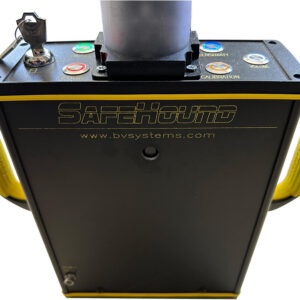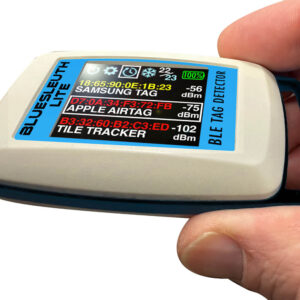Your cart is currently empty!
Commercial Drone SAR Just Got Real

Commercial Drone SAR Just Got Real
Today, the FAA announced new rules for the operation of UAS (Unmanned Aircraft Systems) or drones by commercial entities in U.S. airspace. Effective in late August of this year, these new rules would supersede the old requirements that commercial drones pilots once faced. Before this announcement, any commercial drone pilot had to undergo extensive flight training reserved only for pilots of full sized aircraft or they must apply for an FAA exemption. Both of these routes take a lot of time and money; something that companies, particularly nimble tech startups, are not in a position to pursue. But will these new rules lead to an inevitable swarm of new commercial drones causing more problems than it fixed?
“We are part of a new era in aviation, and the potential for unmanned aircraft will make it safer and easier to do certain jobs, gather information, and deploy disaster relief,” said U.S. Transportation Secretary Anthony Foxx.
U.S. Transportation Secretary’s specific mention of disaster relief resonates deep with many tech companies racing to build and test solutions for SAR (Search And Rescue) operations worldwide. During catastrophic events such as flooding, earthquakes and avalanches, potentially thousands of victims need immediate rescue and aid. And without direct access to safe footing or precise location of victims, emergency responders only compound the problems.
Situations like these only highlight drone capabilities. Drones act as more than just eyes in the sky. They can be equipped with medical aid, visual and detection technology that can lead to quick rescue where every second counts.
Tech companies must work within their own time constraints so they are well versed in rapid deployment and testing of solutions. Before today’s announcement, tech companies would’ve been grounded by regulations and restrictions hindering rapid development and testing of SAR drone technology.
Berkeley Varitronics Systems is working with drone and SAR experts to provide a complete kit including a cell phone detection engine with direction finding antenna integrated into a drone. This will allow SAR experts to rapidly deploy a system that will aid in locating victims with an active cell phone on their person. Getting drones up in the wild for real world testing and deployment is crucial.
“This new FAA rule gives small companies like us a fighting chance to get our technology out there quicker to aid search and rescue operations,” said Berkeley Varitronics Systems CEO Scott Schober.
Under Part 107, commercial drone operators must still maintain visual contact with their drone and restrict flights to under 400 feet. Flights over unprotected people on the ground who aren’t directly participating in the UAS operation are still prohibited. In addition, the drone pilot must be at least 16 years old and have a remote pilot certificate with a small UAS rating, or be directly supervised by someone with such a certificate.
Come August, the commercial drone floodgates will open up. Let’s just hope that the FAA is prepared to deal with the additional air traffic and inevitable mishaps as much as the innovations.

Scott Schober
CEO | Author | Speaker at Berkeley Varitronics Systems
Scott Schober presents at cybersecurity and wireless security conferences for banking, insurance, transportation, construction, telecommunications and law enforcement industries. He has overseen the development of dozens of wireless test, security, safety and cybersecurity products used to enforce a “no cell phone policy” in correctional, law enforcement, and secured government facilities. Scott regularly appears on network news programs including Fox, Bloomberg, Good Morning America, CNN, MSNBC, NPR and many more. He is the author of 'Senior Cyber', 'Cybersecurity is Everybody's Business' and 'Hacked Again', the “original hacker’s dictionary for small business owners” - Forbes Magazine.
Our Newsletter
Lorem ipsum dolor sit amet, consectetur adipiscing elit. Aliquam mattis ligula vitae leo scelerisque, sit amet feugiat ex venenatis.
"*" indicates required fields
Latest Posts
Our Best Sellers
How can we help?
Lorem ipsum dolor sit amet, consectetur adipiscing elit. Nunc dictum aliquet justo sit amet consectetur. In tempor lobortis ante vitae ornare. Praesent feugiat magna at tempor consequat. Aenean in iaculis libero, aliquam imperdiet mi.









Leave a Reply